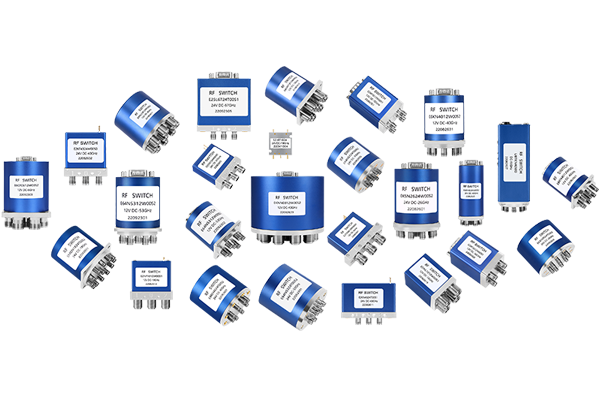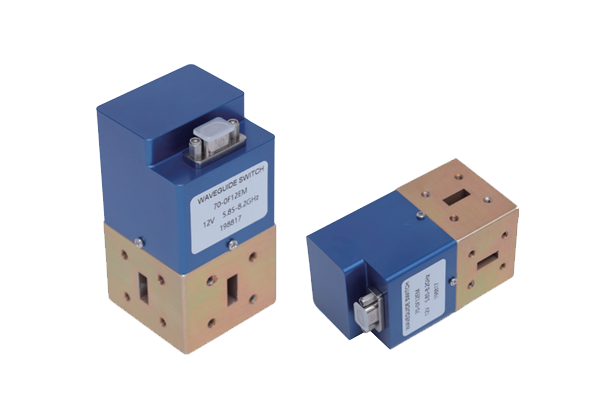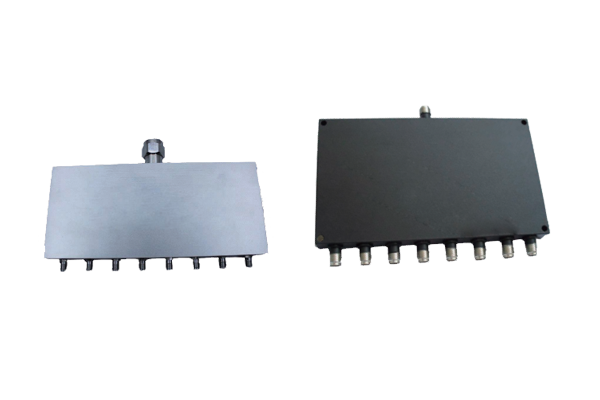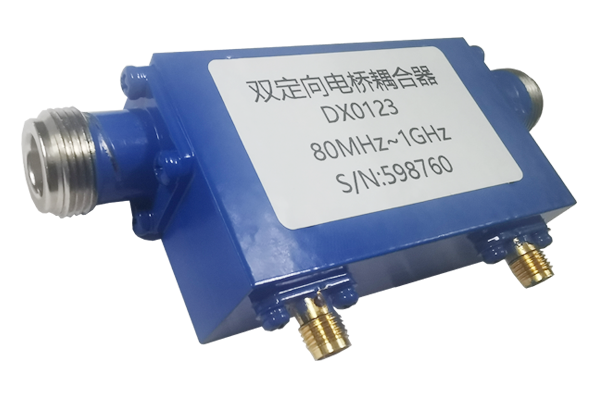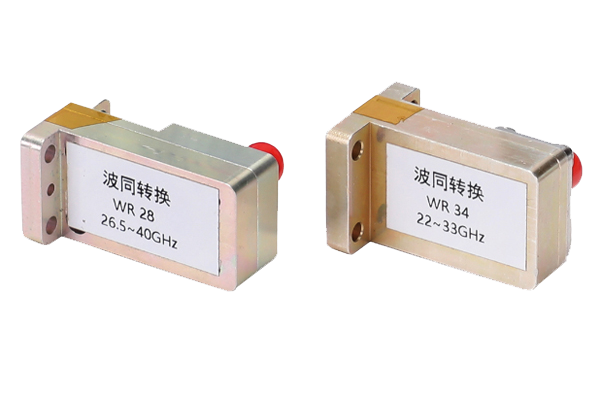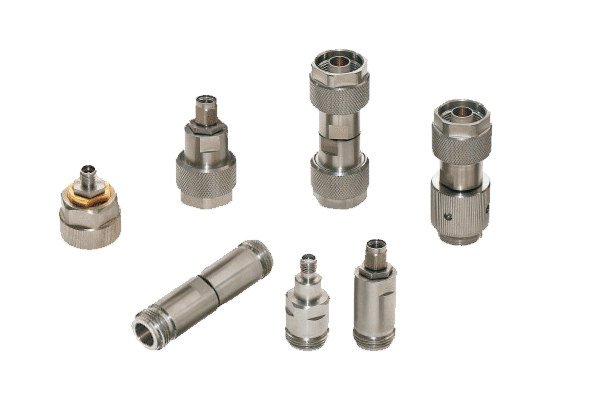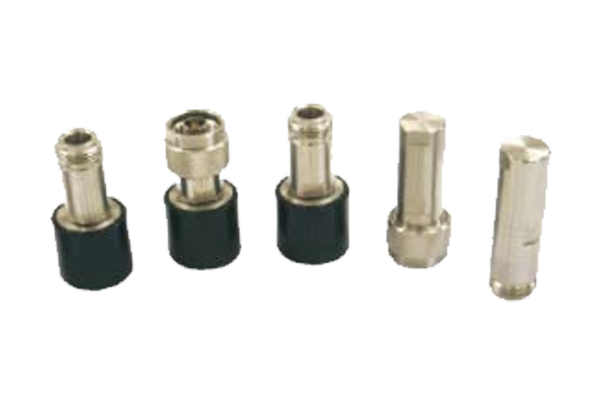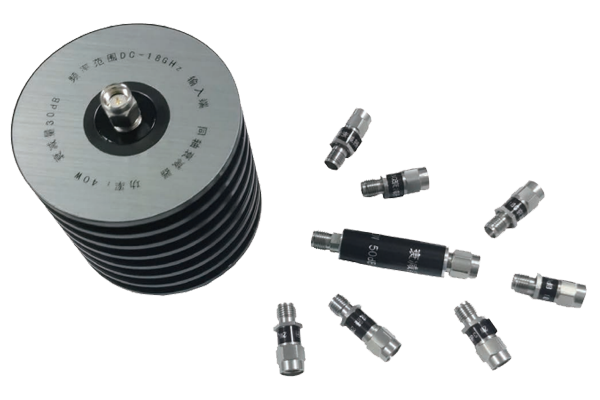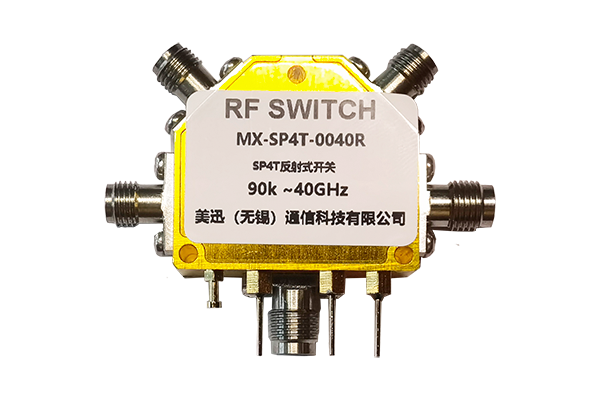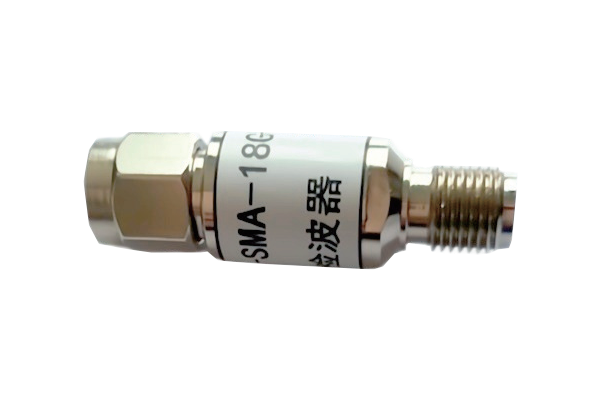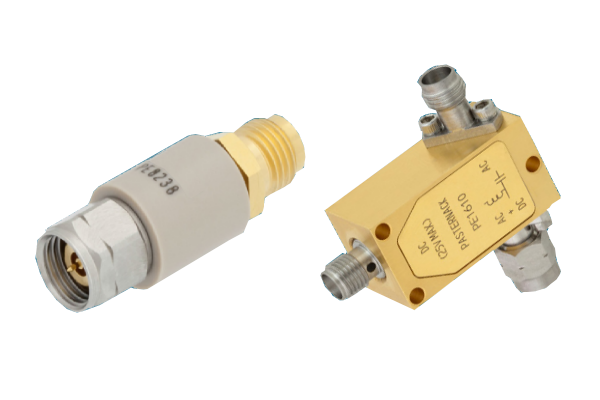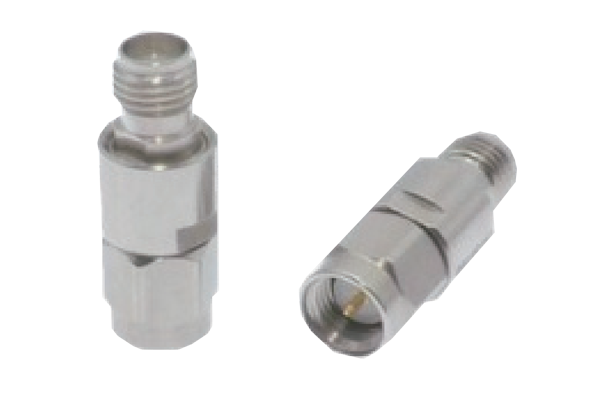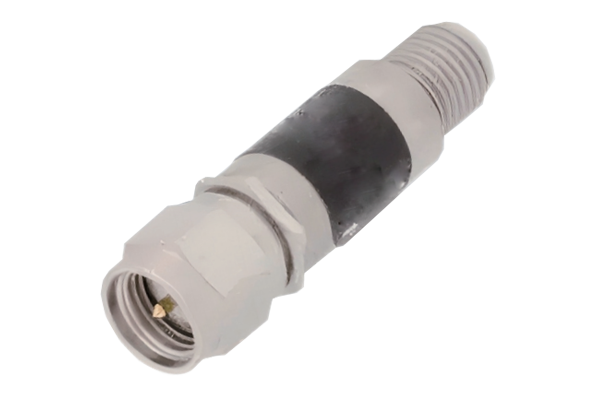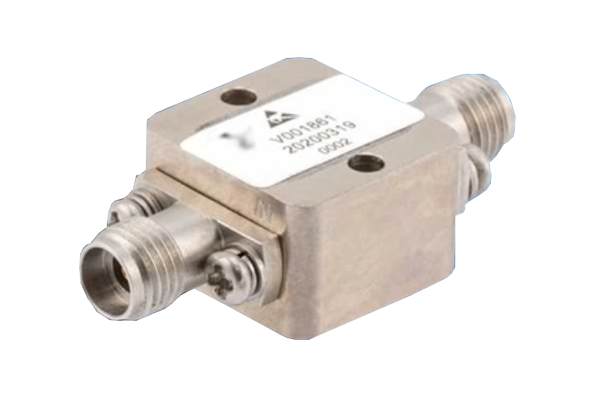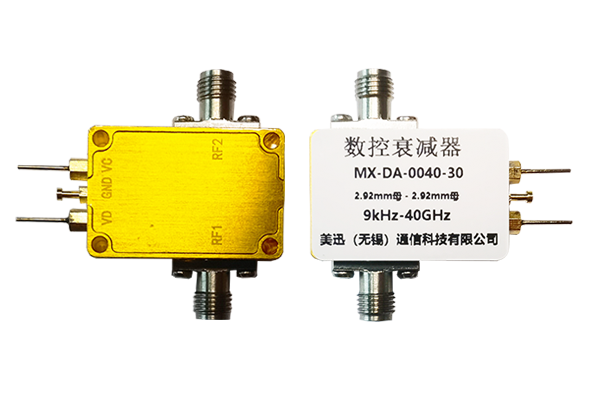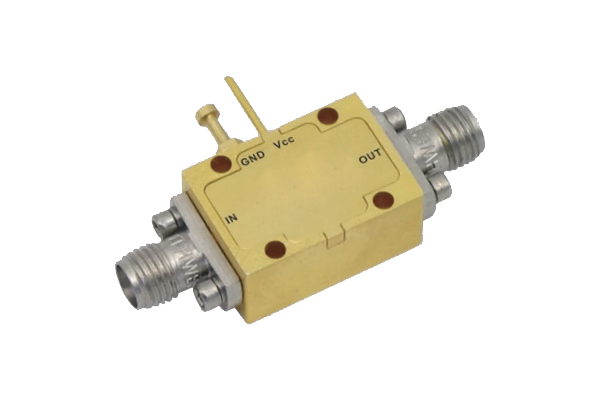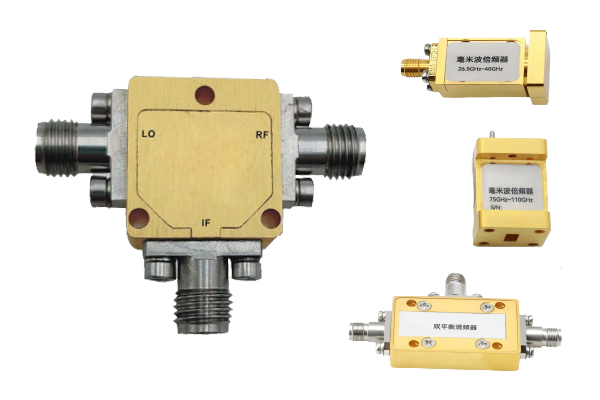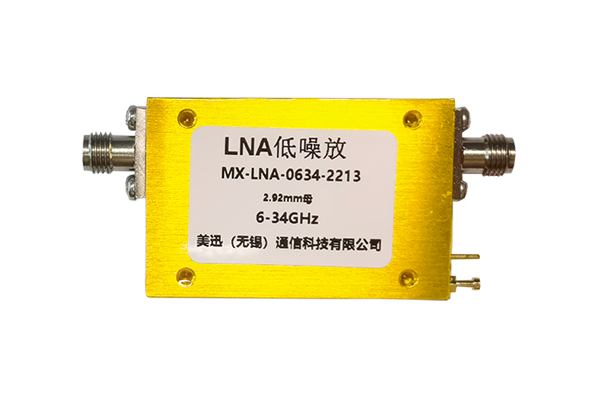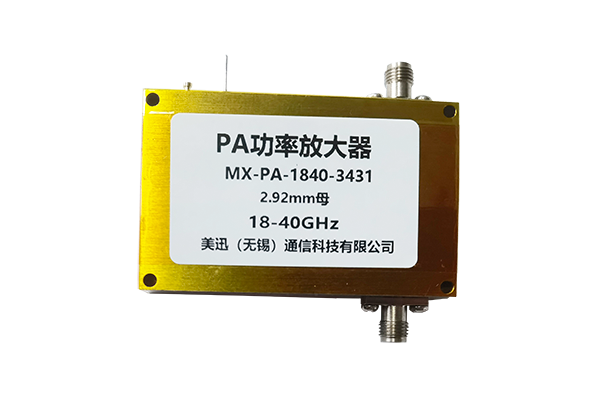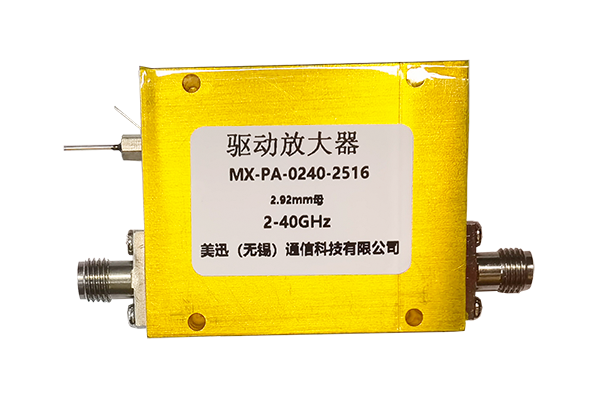How to improve the power handling capacity of an RF coupler
RF Coupler Power Handling Enhancement
Material Selection
Improving the power handling capacity of an RF coupler requires a systematic approach addressing material science, design engineering, and thermal management.
- Conductors made from copper or silver alloys with excellent electrical conductivity reduce resistive losses
- Dielectric materials like ceramic or PTFE (polytetrafluoroethylene) offer superior thermal stability
- Voltage breakdown resistance compared to standard plastics
These materials can withstand higher current densities and temperature rises without degrading.
Design Optimization
Design optimization plays a critical role in enhancing power handling capacity.
- Increasing the cross-sectional area of conductors minimizes current crowding
- Distributed design approach spreads power load across multiple coupled paths
- Optimizing coupling mechanism using broader microstrip lines or waveguide structures
This reduces stress on individual components and lowers overall thermal buildup while ensuring more efficient power transfer with less reflection.
Thermal Management
Effective thermal management is essential to dissipate excess heat in high-power RF couplers.
- Integrating heat sinks or thermal vias into the coupler's design
- Active cooling solutions like liquid-cooled channels or thermoelectric coolers
- Proper grounding and shielding prevents parasitic oscillations
These solutions provide pathways for heat to escape and prevent additional heat generation from parasitic effects.
Manufacturing Precision
Manufacturing precision further enhances performance and reliability.
- High-quality soldering or welding avoids cold joints
- Surface finishes such as gold plating improve conductivity
- Rigorous testing under rated power conditions
These techniques maintain long-term power-handling reliability and identify potential failure points before deployment.
Enhancing RF coupler power handling requires a multifaceted approach combining advanced materials, optimized electromagnetic design, effective thermal management, and precision manufacturing. The integration of these elements results in couplers capable of operating at higher power levels with improved efficiency and reliability, while maintaining signal integrity across demanding applications.



